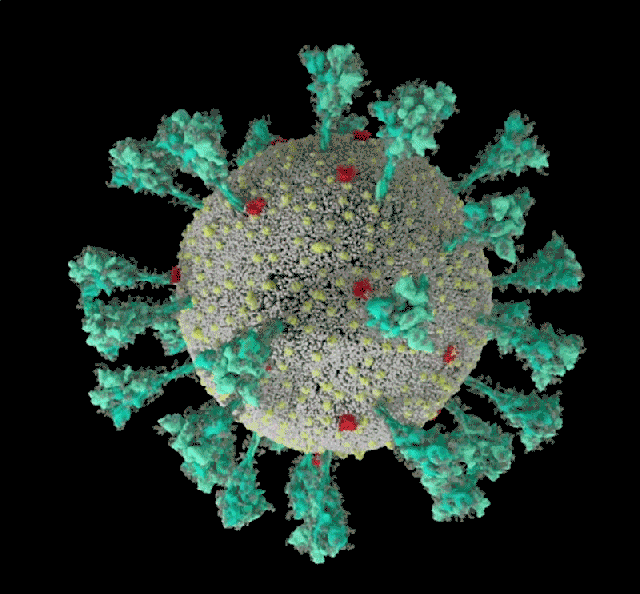How the coronavirus infects cells — and why Delta is so dangerous

Scientists are figuring out the life cycle of SARS-CoV-2 and how the virus uses tricks to avoid detection.
Many viruses have glycans covering their external proteins, masking them from the human immune system, like a wolf in sheep's clothing. But last year, Amaro's laboratory group and its collaborators created the most detailed visualization of this coat, based on structural and genetic data and visualized atom by atom using a supercomputer. Within an hour, one researcher asked: what kind of bare loop without a coating was sticking out of the top of the protein? The uncoated loop was a receptor-binding domain (RBD), one of three spike sites that bind to receptors on human cells.
The result of 19 months of work, backed up by decades of research on the coronavirus, is a detailed report on how SARS-CoV2 penetrates human cells. Scientists have discovered key adaptations that help the virus cling to human cells with amazing strength, and then hide inside. Later, when leaving the cells, SARS-CoV-2 performs an important processing step to prepare its particles for infecting even more human cells. These are some of the tools that allowed the virus to spread so quickly and take millions of lives.
From the scientific journal "Springer Nature" About the experiment of a biophysicist chemist from the University of California at San Diego, Rommi Amaro, read more at the link:
 978 views
978 views
